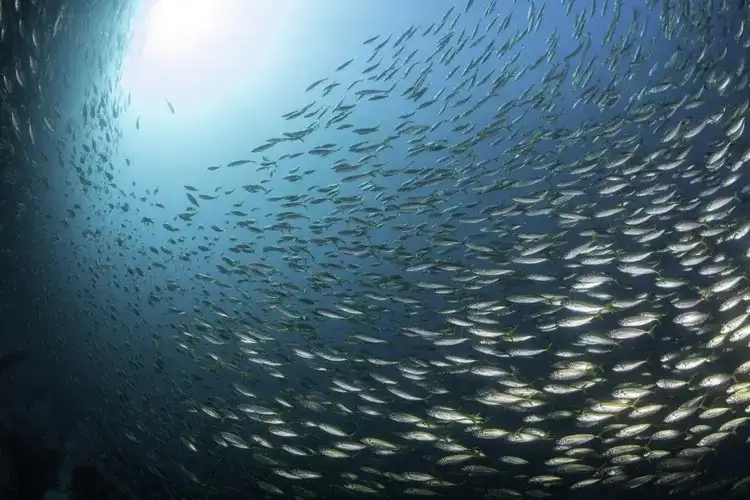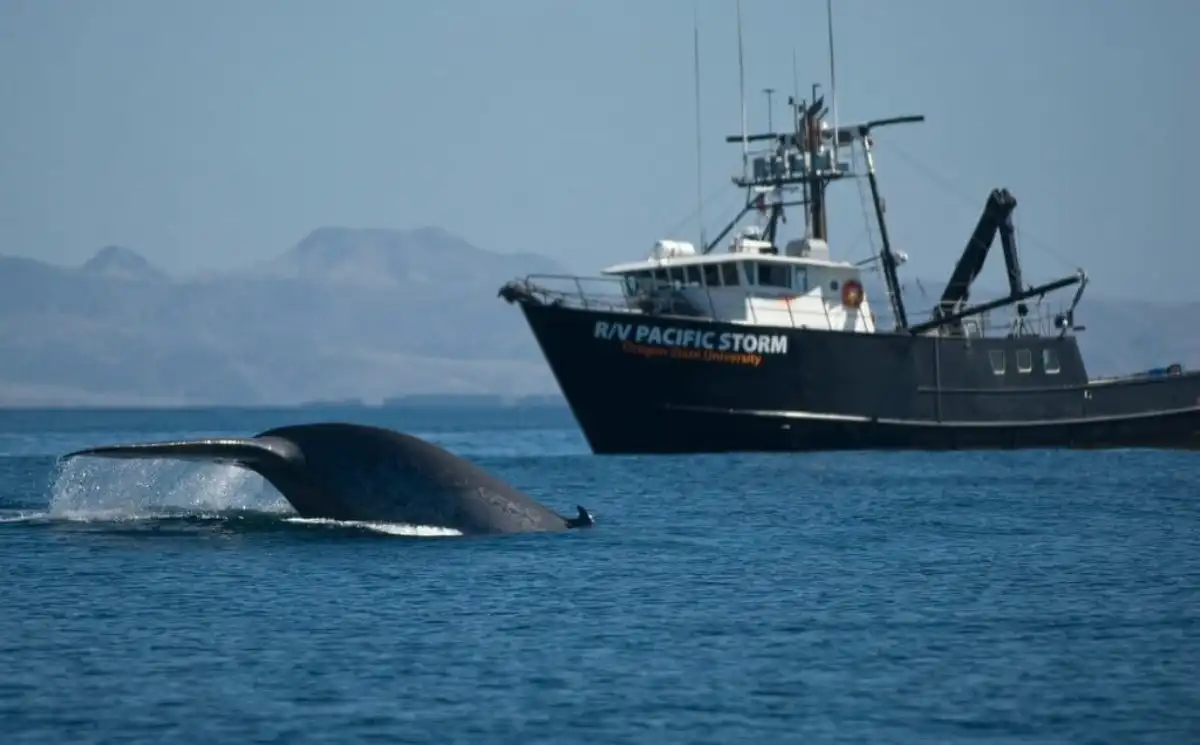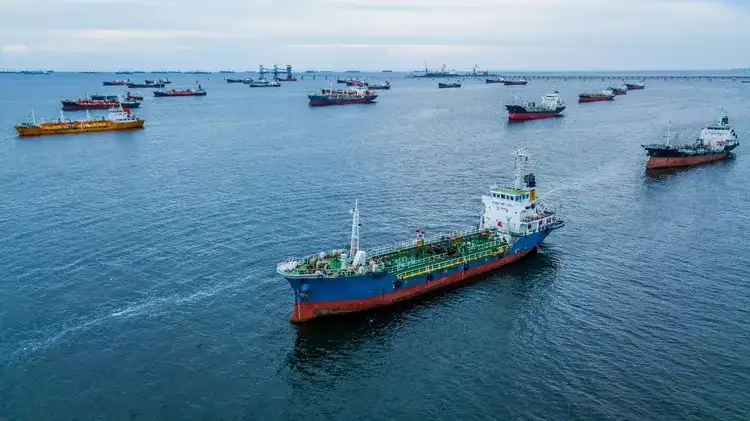Ocean noise pollution is an often-overlooked consequence of human activity yet its effects ripple through entire marine ecosystems. From disrupting the communication of whales to compromising food chains, the increasing intensity of underwater noise threatens ocean life in profound ways.
What Is Ocean Noise Pollution?
Ocean noise pollution refers to human-generated sounds that interfere with natural underwater acoustics. Marine animals rely heavily on sound for survival to navigate, communicate, mate, and find food. As anthropogenic noise grows, especially from shipping and industrial activity, it disrupts these essential behaviors.
This form of pollution has grown rapidly in recent decades in some regions, underwater noise levels have doubled every ten years. The effects extend far beyond individual species, placing entire ecosystems at risk.
Primary Sources of Ocean Noise
- Shipping traffic: Large commercial vessels generate continuous low-frequency noise across vast distances.
- Seismic surveys: Used for oil and gas exploration, these surveys deploy intense airgun blasts every few seconds for days or weeks.
- Sonar systems: Employed by military and research vessels, sonar emits powerful, focused soundwaves that can disorient or harm marine species.
- Underwater construction: Activities like pile driving and dredging introduce short, sharp bursts of impulsive noise.
- Explosives: Often used in demolition or military exercises, explosions produce the most extreme acoustic disturbances in the marine environment.
How Ocean Noise Affects Marine Life
Many marine species have evolved in an environment where sound is crucial for survival. Disrupting this acoustic landscape can alter behaviors, cause injury, or even lead to death. Here are some of the most affected groups:
Whales and Marine Mammals
Whales are especially sensitive to sound. In Glacier Bay, U.S., humpbacks have been shown to raise their vocal volume in response to noisy tourism vessels but they also call less frequently, a sign of communication breakdown. In Japan, some whales have stopped vocalizing entirely when ships come too close.

Fish
Fish use sound for orientation, mating, and avoiding predators. Some species can detect frequencies between 30 and 1,000 Hz. Disruptions from artificial noise can disorient them, leading to confusion or poor habitat selection. In one study, damselfish exposed to man-made noise reversed their natural preferences, an alarming sign of behavioral interference.
Zooplankton
Though microscopic, zooplankton are vital to the marine food chain. Research has shown that a single seismic airgun blast can kill over 50% of local zooplankton populations, including all immature krill. These effects were observed up to 1.2 miles from the source and most surveys use dozens of airguns at once.
Common Types of Harmful Ocean Sounds
Seismic Surveys
These surveys use high-intensity airguns to map the seafloor. Sound bursts every 10 seconds can travel across 300,000 km² and significantly alter marine habitats. Aside from internal injuries, these sounds have been linked to mass whale strandings.
Impulsive Sound
Used in construction, impulsive noise includes pile driving and sonar. It covers a broad frequency range and often repeats every 10–15 seconds. Acoustic deterrent devices also fall into this category designed to keep marine mammals away from fishing gear, but sometimes harming the very species they intend to protect.
Explosives
Underwater detonations from military operations or infrastructure demolition create massive acoustic energy. These blasts can inflict immediate harm on nearby animals, and the shockwaves may cause long-lasting physiological damage.

Strategies for Noise Abatement
To reduce ocean noise pollution, it’s essential to tackle the issue at the source. Two primary policy frameworks can help achieve this:
- Command-and-Control (CAC): Government-imposed regulations that limit noise levels or restrict noisy activities in sensitive areas.
- Incentive-Based Measures (IBMs): Market-driven strategies like pollution credits, taxes on emissions, or subsidies for quieter technologies.
Implementing these approaches can help mitigate the cumulative stress placed on marine environments by other human activities, including climate change and overfishing.
What You Can Do to Help
While global policy change is vital, individuals can also play a meaningful role in minimizing ocean noise pollution:
- Raise awareness: Share information on the impact of ocean noise with your community and support education initiatives.
- Use quieter boats: If you boat, choose electric or hybrid engines that reduce underwater sound levels.
- Limit shipping reliance: Buy local products to reduce dependence on overseas cargo shipping.
- Advocate for marine sanctuaries: Support legislation that expands protected marine areas where human activity is limited.
- Back responsible fishing: Choose seafood from sources that use sustainable, low-noise fishing techniques.
- Support ocean-focused NGOs: Many organizations are conducting vital research and advocacy work to combat marine noise pollution.
- Push for regulation: Stay informed about policy developments and support initiatives that seek to regulate industrial noise in marine environments.
A Quieter Future for the Ocean
Ocean noise may be invisible, but its effects are deeply felt beneath the surface. As our oceans face mounting pressures from climate change and human expansion, noise abatement emerges as a feasible and urgent solution. Through policy reform, innovation, and public awareness, we can protect the acoustic integrity of marine ecosystems and give ocean life a fighting chance to thrive.





